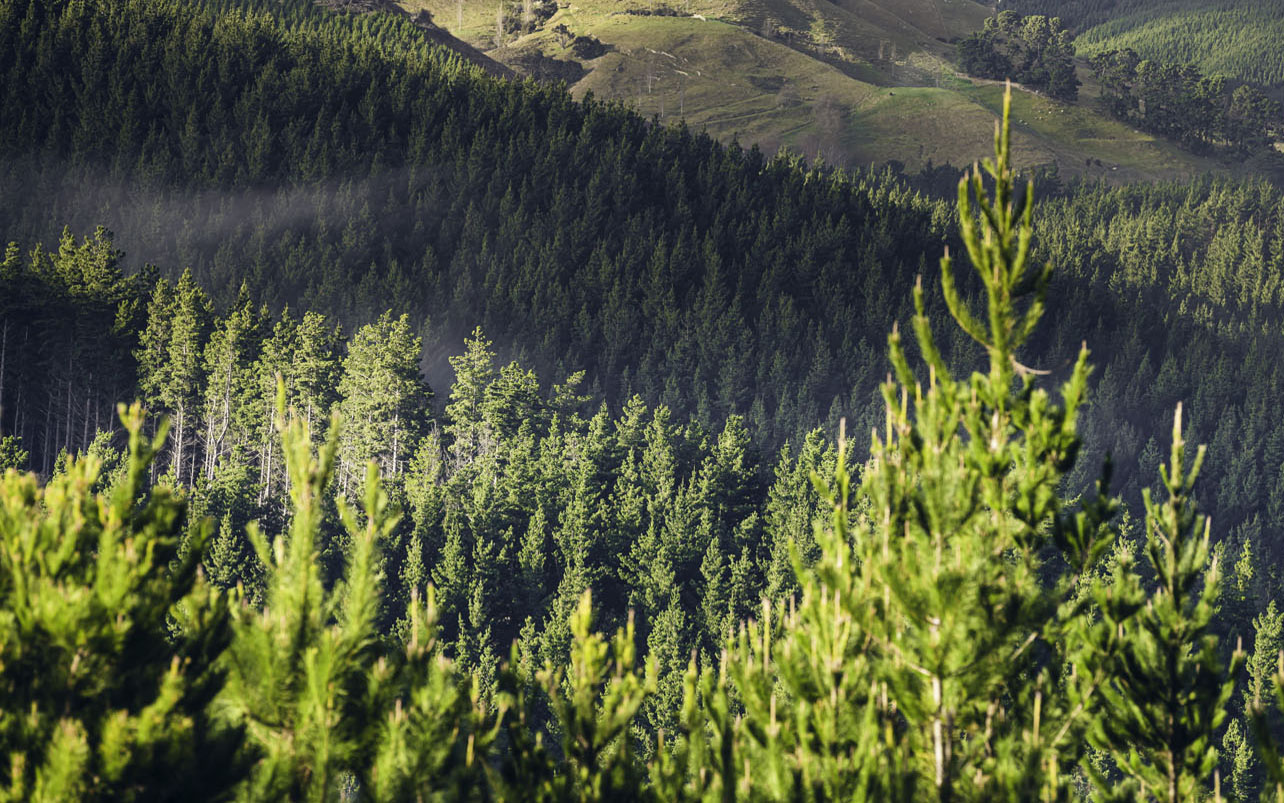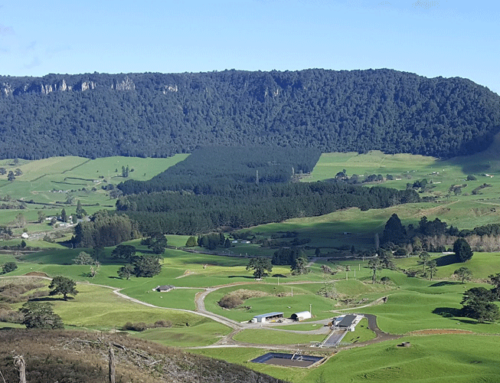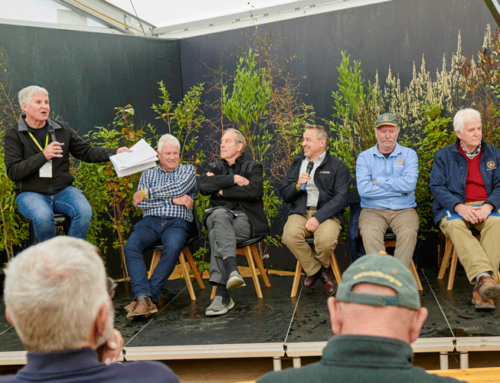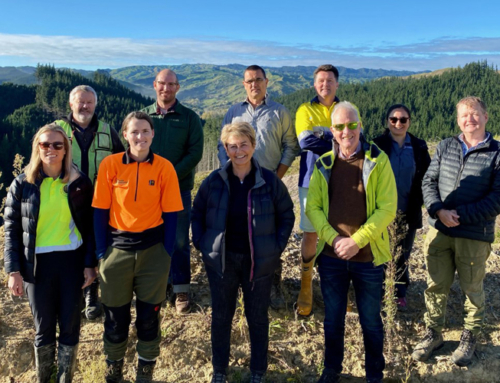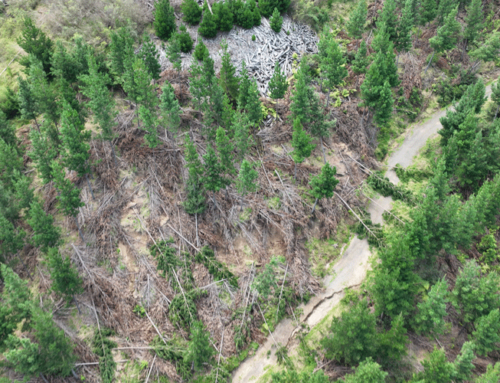A question we are commonly asked by investors is “Why pine?” versus other exotics, or New Zealand native species.
Our CEO Bert Hughes explains how radiata pine is the #2 timber for just about everything, meaning it is incredibly versatile, and that the supply chain and markets for radiata in New Zealand are well established which helps manage risk. We’ve also been managing forest investments for 50 years, and can provide evidence of profitable investment returns and sustainability from pine plantations. As a regulated investment product, these factors are very important.
The following post is a reproduction of an article featured on pages 5-6 in the Spring 2022 edition of the Bulletin, from New Zealand Forest Owners Association, and gives a great summary of why pine is a ‘muscle tree’.
The Other Exotics and their Future
When our earliest government forestry professionals realised the dwindling indigenous forest could never supply all New Zealand wood demand, they embarked on a global search for what we should grow in plantations.
They tested hundreds of species. From trial plantings they were able to focus on just a few which appeared to grow well across a range of sites and had good wood properties.
Radiata pine stood out as a muscle tree for many reasons.
It grew rapidly. This matters, not just for fibre production, but for the economic viability of investing in plantation forestry. A forester may see parts of three rotations in their working life.
The tree was apically dominant and had relatively good stem form. It grew well across a wide range of New Zealand latitudes, altitudes and soil types. But the researchers probably did not appreciate just what a winner they had hit upon and why it remains the dominant species for commercial plantation forestry in Aotearoa.
A wide genetic base of seed was imported to give a wide selection to breed trees with superior form and wood properties. The pines we plant today are the best of the best of the genetics that was imported from native populations in California. And that improvement is not over yet.
Scion has sequenced the radiata genome and forest industry knows more about how to get the best out of radiata genetics and management than all the other tree species here combined. Radiata has been crossed with Pinus attenuata for enhanced frost/snow tolerance for higher altitude South Island sites, plus its wilding seedling risk is virtually zero. Otherwise, the possibility to hybridise radiata is yet untapped.
Within the radiata estate there are potentially a billion trees to select from – two hundred times the individual animal selections available to the dairy industry.
Scion is using enhanced LiDAR surveillance to identify trees with drought and disease resistant abilities. Future planting selections will be much more site specific, both boosting production and spreading a genetic risk into effectively different radiata varieties.
Radiata responds well to thinning and pruning treatments – giving farmers and investors many options for what products to target.
Radiata forests are largely free of pests and disease, so long as the stands are thinned to allow free air flow and reduce individual tree competition for light and water.
Radiata pine is light, which is a preferred ‘Scandinavian look’ over the traditional darker tropical and European timbers.
The cellular structure of pine makes it exceptionally easy for preservatives to penetrate and provide durability, including 50-years of ground contact and even marine piles. It also paints, stains and glues well.
Radiata wood is easy to nail and screw without splitting, so drilling nail holes is not necessary. Standard machines can saw, peel, drill, router, plane, sand and even bend heated wood.
The preferred species for acetylation modification (Accoya) is again radiata. This process renders the timber extremely hard, stable and durable for flooring and outdoor cladding, joinery and event bridge building applications. Likewise, Abodo uses radiata for its heat preservative treatment.
Its long tracheid (cell) length and light colour means it is favoured for pulping to produce all sorts of high-grade paper and card, ranging from both brown bags and cardboard cartons to white photocopy papers and tissues. The natural light wood colour uses less bleaching chemicals to produce a whiter pulp than most other species.
The long cell length and light colour also mean that radiata produces the best MDF in the world – attracting a price premium in global markets.
Emerging science and technology is now exploring how extracts from the radiata lignin and other cell building blocks can be converted to high value biochemicals.
Chipping operators prefer radiata wood over Douglas fir which has a stringier fibre and clogs the cutting blades.
New Zealand building specifications are written around radiata pine. Our log markets are geared to and rely on the enduring characteristics of our radiata exports.
Economies of scale and reliability of wood properties are important. A wood processor does not want down-time continually reconfiguring their mill. While the timber from alternative species may be high quality, that does not mean there is even a niche market guaranteed for it, let along larger scale.
On the growing side as well, there are risks. Most trees are more site sensitive than radiata, as foresters found out for instance with Tasmanian Blackwood, which was popular to try as an alternative species some decades ago. Even when the trees appear to thrive, at harvest time timber disillusionment can occur at the mill, which has been a frequent experience with eucalyptus.
Markets too are unpredictable. Sitka spruce was planted extensively in Britain for coal mine supports – just before Margaret Thatcher closed the collieries.
Spreading the risk at a commercial scale means spreading the unknowns and guesswork of markets, genetics and management.
Finally, the carbon sequestering ability of radiata pine is phenomenal. A 40-year-old pine will have double the absorbed carbon of a 40-year-old redwood.
Nobody is saying there is no future for any other species of timber producing trees. But a wholesale and precipitate abandoning of our pines is not a lesson we should pass down to the next generations.
Remarkable Radiata
🌲 Radiata pine’s cellular structure makes it easy for preservatives to penetrate and provide durability
🌲 Radiata pine’s long tracheid length and light colour means it is favoured for pulping
🌲 The long cell length and colour also means radiata produces the best MDF in the world
🌲 Radiata wood is easy to nail and screw without splitting, so drilling nail holes is not necessary
🌲 Radiata forests are largely free of pests and disease
🌲 A 40-year-old pine will have absorbed double the carbon of a 40-year-old redwood
🌲 Planting rates in 2021 were 96% Pinus radiata
🌲 The draft Industry Transformation Plan projects that by 2030 some 20% of planting will be species other than Pinus radiata



